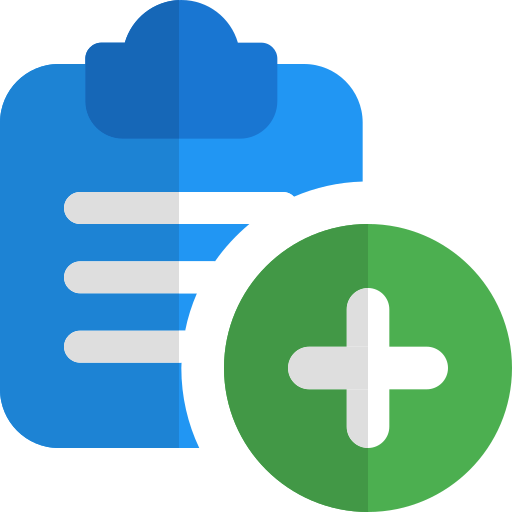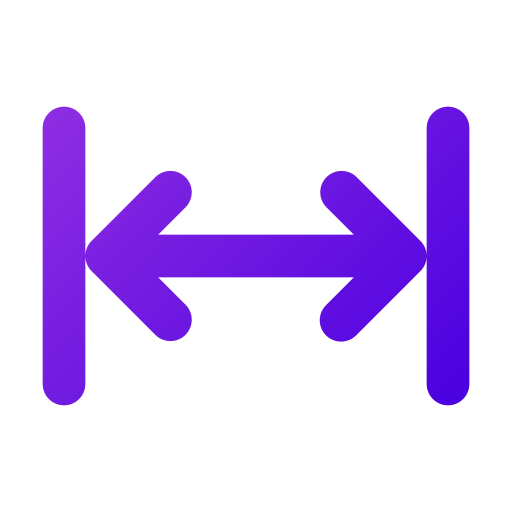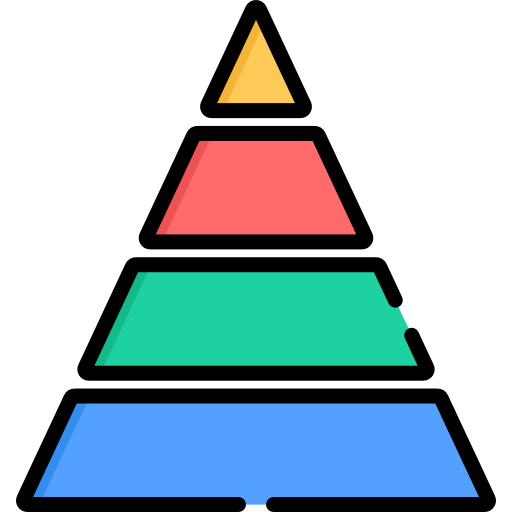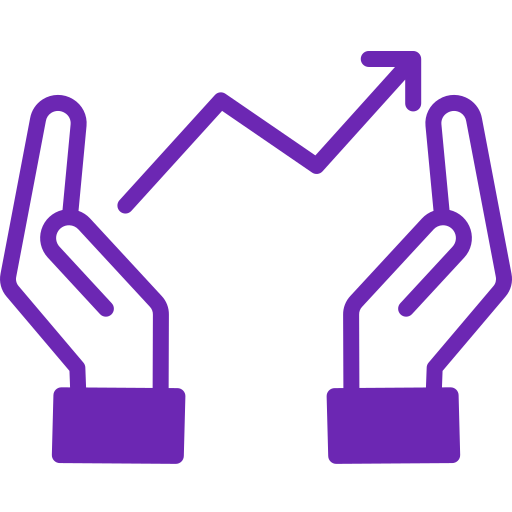Sprig Learning Launches Sprig Reading 3.0 to Address Low Early Learner Literacy Rates
Sprig Reading addresses the growing literacy gap in early learners by providing teachers and schools with an advanced, customizable and one-of-a-kind monitoring of students’ reading abilities.
Ottawa, ONT – Sprig Learning is launching Sprig Reading 3.0 to take on low literacy rates among early learners across North America. In the United States, nearly 2 of 3 grade 4 students are not reading at-grade level, while in Canada, approximately 1 of 4 grade 3 students fall short of reading proficiency benchmarks. The persistently low reading proficiency rates disproportionately affect underserved communities and families, where systemic barriers exacerbate the reading struggle among certain segments of the population.
Experts consistently emphasize the ability to read proficiently by Grade 3 as the greatest predictor for future success. This achievement marks the shift from “learning to read” to “reading to learn”, which is a transition crucial for both academic and life outcomes. Studies show that non-proficient readers in Grade 3 are four times more likely to not graduate from high school!
Children need help early, as 34% of children entering kindergarten lack the basic language skills they need to learn to read. But if such help is not received and sustained by Grade 3, it may be too late! This is a growing challenge for parents and teachers, all of whom are struggling to help young learners catch up in their reading abilities. Teachers in particular have long sought intuitive, effective approaches to implement evidence-based early literacy practices that provide measurable results for their students.
Sprig Reading is tackling this alarming trend in early literacy head on by going beyond point-in-time assessments to dynamically monitor each child’s unique reading journey. Sprig Reading is a transformative tool designed to help educators track reading progress for all students, across all foundational reading skills.
How Sprig Reading is Monitoring Reading Progress Differently
Unlike traditional progress monitoring methods, which are often time-consuming and costly, Sprig Reading is designed to fit seamlessly into a teacher’s daily routine:
- Easy and Intuitive: Teachers can get started with Sprig Reading in under 10 minutes. Its simple, intuitive interface makes it an everyday tool, freeing up time for instructional planning.
- All Foundational Reading Skills for All Students: Sprig Reading monitors over 200 foundational reading skills, ensuring every student is making progress in all necessary areas of reading development, regardless of their starting point.
- Consistent Data-Driven Insights for All Tiers: Educators can frequently track progress for every student, creating daily and weekly data points to drive personalized instruction and timely interventions across all tiers in a Multi-Tiered System of Supports Framework.
- Supports Existing Programs: Built to enhance research-based reading curricula and resources, Sprig Reading enriches and supplements tools that currently exist in classrooms.
“Progress monitoring has always been focused on a small subset of students who need intervention,” said Mark Quattrocchi, Educational Success Lead at Sprig Learning and former teacher. “Sprig Reading shifts that paradigm, giving teachers the ability to monitor all students, every day, across all reading skills.”
“Families, teachers, schools and students themselves are struggling with the alarming issue of low literacy rates, especially for our most marginalized young learners,” said Jarrett Laughlin, CEO of Sprig Learning. “Reading is the key that unlocks the door to a child’s imagination, curiosity, and lifelong learning. Sprig Reading supports young learners to build the foundation upon which their educational journey and future successes are built, nurturing a love for discovery that lasts a lifetime.”
Sprig Reading 3.0 launches today in North America, and can be accessed here. Teachers with more questions can contact Sprig Learning here. Sprig Learning invites educators, administrators, and literacy specialists to join the Sprig Reading movement of monitoring progress differently. By rethinking the way progress is monitored, Sprig Reading ensures that every child has the opportunity to reach their full reading potential.
About Sprig Learning
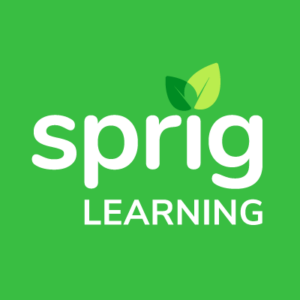
Sprig Learning is a purpose-built education technology company that develops evidence-based, holistic, personalized, and culturally relevant early learning assessments and resources. Its innovative and equitable solutions are designed to help educators assess, teach and support every early learner.
Media Contact
Rahat Haque
Marketing Manager
media@spriglearning.com





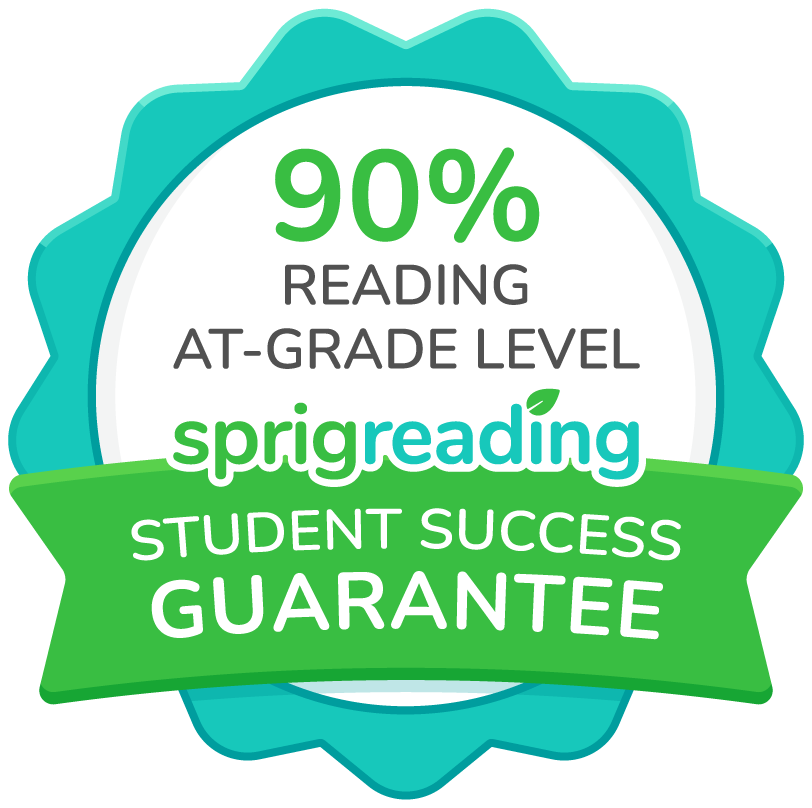





 VS
VS 